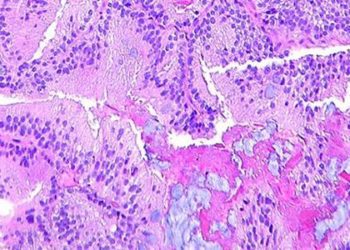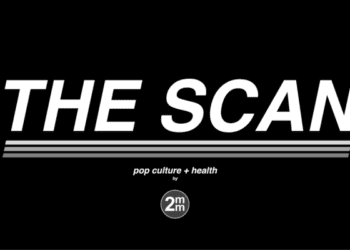Biennial biopsies may be adequate for men under active surveillance for prostate cancer
1. After accounting for differences in surveillance protocols and treatments, researchers found that estimates of risk for biopsy Gleason score (GS) upgrade were not the same across all 4 cohorts studied.
2. However, even with these differences, the outcomes of biannual versus annual biopsies appeared to be similar across cohorts.
Evidence Rating Level: 1 (Excellent)
Study Rundown: Although active surveillance (AS) has become the preferred method of management for low-risk prostate cancer, there is no agreement regarding implementation. Uncertainty regarding disease progression risks is part of the reason for this lack of agreement. The authors used data from 4 AS cohort groups (2 576 men total) to evaluate risks for changing from a GS of ≤6 to ≥7. Measurements included PSA levels and biopsy GSs. After accounting for differences in surveillance protocols and treatments, researchers found that the outcomes of more versus less frequent biopsies appeared to be similar across cohorts. This suggests that biennial biopsies may be another option to yearly biopsies. Less frequent biopsies may help reduce the complications and morbidity of this invasive procedure.
A strength of this study is the use of data from 4 of the largest AS studies in North America, which could help to enhance understanding about disease progression in patients on AS for prostate cancer. A limitation of this study is the possibility that biopsies could be misclassified by GS.
Click to read the study in Annals of Internal Medicine
Relevant Reading: Changes in prostate cancer grade on serial biopsy in men undergoing active surveillance
In-Depth [cross-cohort analysis]: Researchers used data from 4 AS cohorts: Johns Hopkins University (JHU); Canary Prostate Active Surveillance Study (PASS); University of Toronto (UT); and University of California, San Francisco (UCSF). The authors evaluated PSA levels and biopsy GSs of 2 576 men who were 40 to 80 years of age, had clinical stage T1 or T2 prostate cancer, had a GS between 2 and 6, and were enrolled in one of the 4 studies between 1995 and 2014. After accounting for differences in surveillance protocols and treatments, researchers found that the PASS and UT cohorts had similar risk estimates for biopsy GS upgrading. Risk estimates were lower in the JHU cohort and higher in the UCSF cohort. Even with these differences, model-predicted outcomes suggested that outcomes are similar for all cohorts. Models predicted that biennial biopsies (commencing after an initial confirmatory biopsy is completed 12 months after enrollment) reduced completed biopsies by 32% to 38%, but the delay in detection of a GS upgrade was only 3 to 5 months. Models predicted that biennial biopsies commencing at the time of enrollment reduced the biopsy numbers by 42% to 48%, but the delay in detection of a GS upgrade increased to 6 to 8 months.
Image: CC/Wiki
©2017 2 Minute Medicine, Inc. All rights reserved. No works may be reproduced without expressed written consent from 2 Minute Medicine, Inc. Inquire about licensing here. No article should be construed as medical advice and is not intended as such by the authors or by 2 Minute Medicine, Inc.



![2 Minute Medicine: Pharma Roundup: Price Hikes, Breakthrough Approvals, Legal Showdowns, Biotech Expansion, and Europe’s Pricing Debate [May 12nd, 2025]](https://www.2minutemedicine.com/wp-content/uploads/2025/05/ChatGPT-Image-May-12-2025-at-10_22_23-AM-350x250.png)





